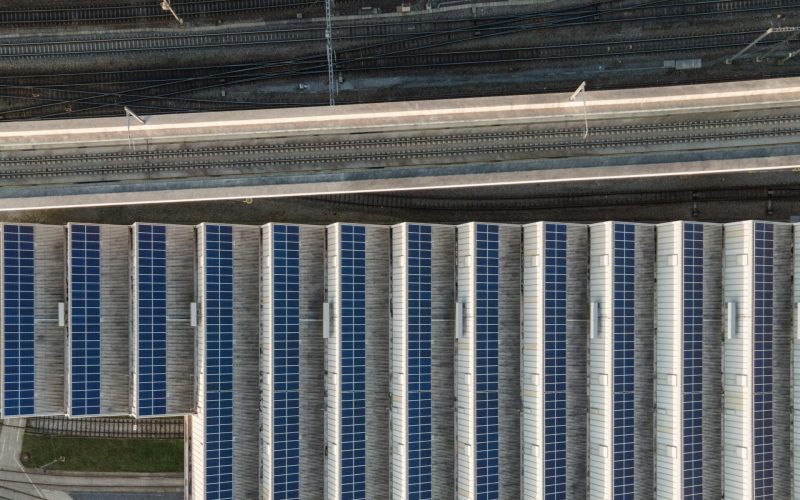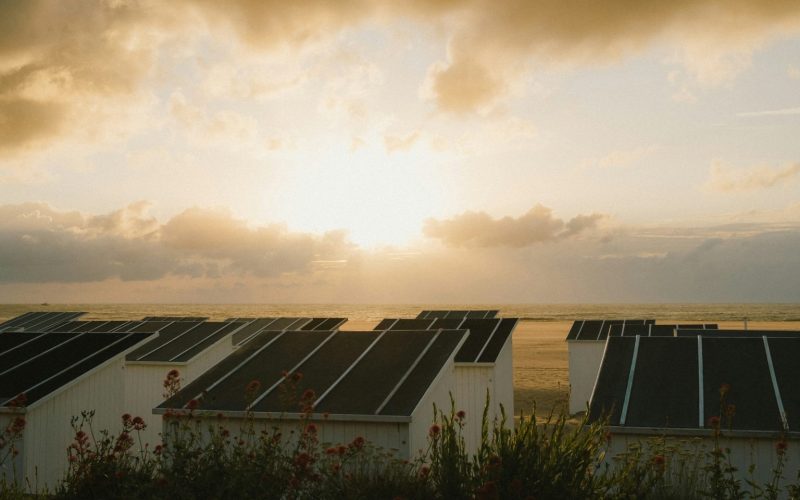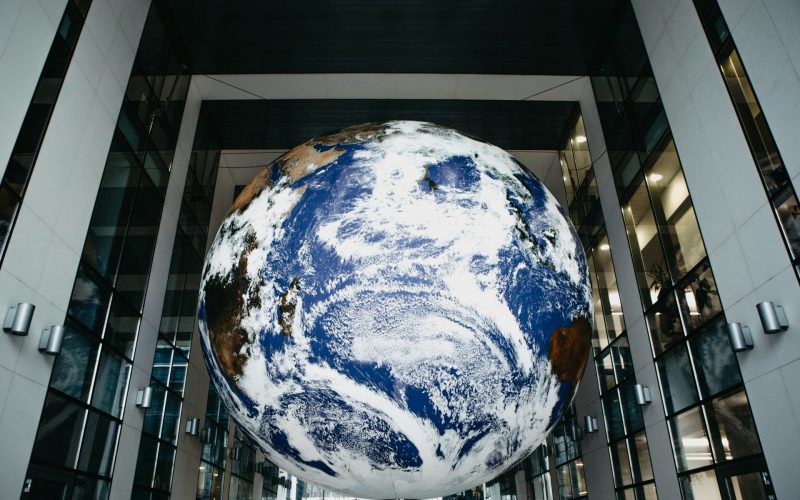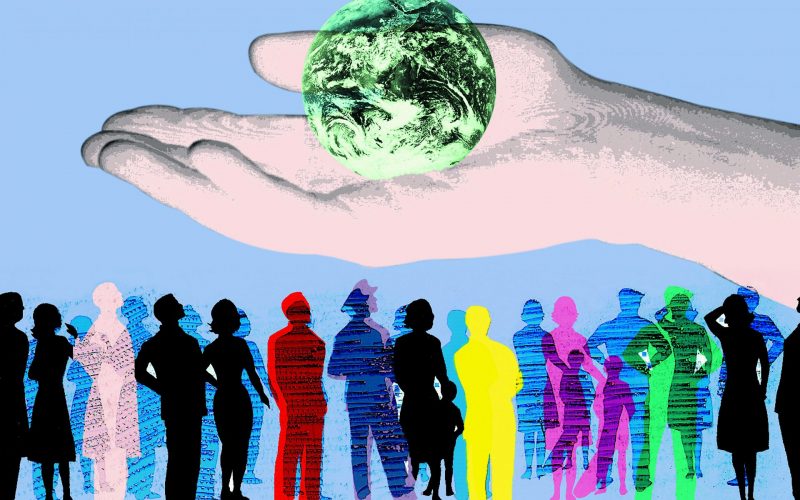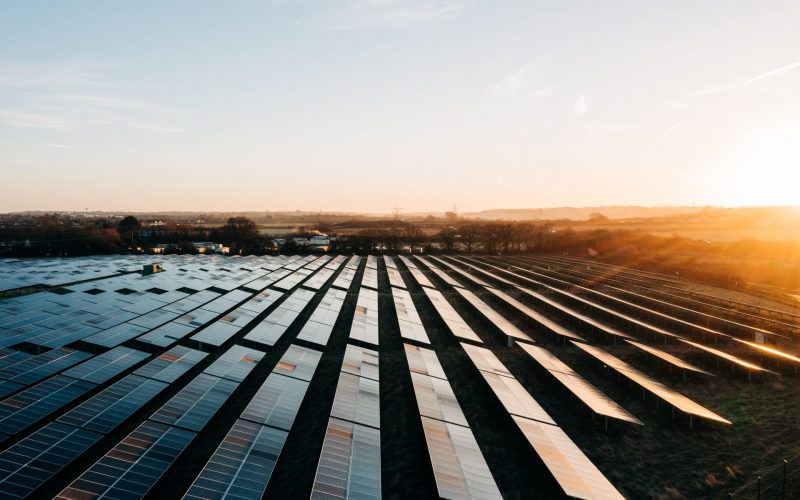Joseph Schumpeter once wrote: “The spirit of a people, its cultural level, its social structure, the deeds its policy may prepare – all this and more is written in its fiscal history, stripped of all phrases. He who knows how to listen to its message here discerns the thunder of world history more clearly than anywhere else.”
Schumpeter, better known for his trailblazing academic contributions than his brief tenure as Austria’s Finance Minister in 1919, laid the foundation for fiscal sociology – the study of how public finances reflect and shape the political, social, and cultural trajectory of societies.1Martin, Isaac William, Ajay K. Mehrotra, and Monica Prasad. The New Fiscal Sociology: Taxation in Comparative and Historical Perspective. Cambridge: Cambridge University Press, 2009. In today’s world, his insight offers profound resonance: when we look at climate, development, and biodiversity finance, the true priorities of nations and institutions are writ large.
Reading Between the Lines of Finance
Global funding patterns expose a deep disconnect between stated commitments and actual decisions. Consider the staggering $7 trillion spent on fossil fuel incentives annually2Coady, D., Parry, I., Sears, L., and Shang, B. “IMF Fossil Fuel Subsidies Data: 2023 Update”. International Monetary Fund, 2023. – surpassing by far the ambition of any multilateral climate finance goals. At the UN climate negotiations, developing countries laid out the need for trillions to address climate risk, yet the New Quantified Collective Goal (NCQG) ultimately landed at $300 billion annually in public finance, with aspirations to reach $1.3 trillion per year by 2035 from public and private sources combined.3United Nations Framework Convention on Climate Change. “New Collective Quantified Goal on Climate Finance: Technical Paper COP29.” 2025. The preference for the status quo on fossil fuels stands revealed.
Alarmingly, the expenditure on fossil fuel incentives continues to climb, defying the commitments made in numerous G20 leaders’ declarations to phase out such support. Imagine a world where these promises are finally honoured, freeing up $7 trillion for climate action – a shift that could fundamentally alter our path. However, as it stands, planetary boundaries are being breached – seven out of nine as of 2025 – yet the urgency is still lost in how multilateral discourse translates into action.
Biodiversity and SDG Finance: Promises vs Preferences
Finance for biodiversity remains woefully inadequate, with the gap widening even as leaders gather at global conferences. Despite countries’ pledges to achieve the Sustainable Development Goals (SDGs), fiscal choices routinely pit one right against another. When budgets prioritise defence or VIP security for leaders over health and education, a choice is being made – a preference revealed in the record.
Just 18% of the Sustainable Development Goals are currently on target, while a further 17% demonstrate some, but insufficient, advancement.4World Economic Forum. “Sustainable Development Goals: Are We on Track for 2030?” September 11, 2025. Nearly half of the goals are moving forward at too slow a pace, and almost 20% are regressing, hindered by instability caused by conflict, climate change, geopolitical tensions, and economic uncertainty.5Ibid Sluggish funding and contestation between priorities are largely to blame.
Mitigation vs Adaptation: The Next Fault Line
The allocation of climate finance itself is revealing. Roughly 90% flows to mitigation, with just 10% reaching adaptation – an imbalance reflecting global assumptions and priorities.6Climate Policy Initiative. “Global Landscape of Climate Finance 2025.” November 17, 2025. Adaptation finance is vital for countries and communities already facing the impacts of climate change – such as floods, droughts, sea-level rise, and heatwaves. These impacts disproportionately affect developing countries, small island states, and marginalised communities who have contributed least to global emissions, yet struggle most to access finance for resilience and recovery.
South Africa’s G20 presidency has prioritised increasing adaptation finance, recognising it as central to resilience and inclusive progress. This leadership has transformed longstanding advocacy into concrete agenda items, workstreams, and commitments, placing adaptation at the heart of African and global climate priorities.
Think Tanks: Not Just Observers But Shapers of the Future
But the real power of the think tank community lies not just in discerning history’s thunder but in helping to shape a more desirable future. Our work goes beyond analysis and critique – to advocacy and practical innovation.
Professor Mariana Mazzucato, advisor to South Africa’s G20 presidency, has given voice to the concept of mission-oriented finance. This approach reimagines finance as a tool for driving bold, targeted progress on the world’s most pressing challenges. It means investing in the climate-nature-development nexus not only because it is urgent, but because quality investment here offers our greatest leverage for justice, sustainability, and resilience.
If the current mainstream view treats harm to nature as an externality – and biodiversity as a lower-order priority – we must champion a new narrative, and the instruments to match. The mission before us is to articulate and reinforce the urgency of integrating climate, biodiversity, and development and to push for finance systems that are fit for that mission.
The revealed preferences in global finance remind us where our work is most needed. It is not enough to listen to the message of fiscal history; we must work to rewrite it – with justice, inclusion, and ecological resilience at its heart.




